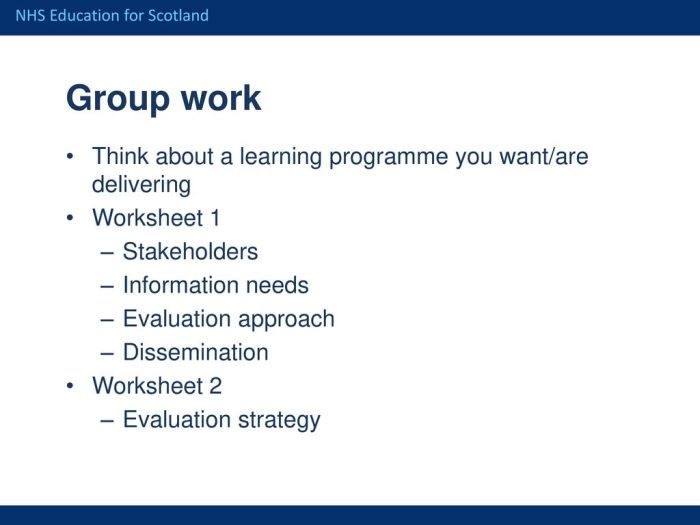When should you distribute handouts? This question is crucial in maximizing the effectiveness of handouts in educational settings. Handouts can be powerful tools for enhancing learning outcomes and catering to diverse learning styles, but the timing and manner of their distribution play a vital role in their impact.
In this article, we will delve into the optimal timing for handout distribution, explore strategies for organizing and structuring handouts effectively, and discuss best practices for ensuring accessibility and inclusivity. We will also explore techniques for encouraging student engagement with handouts and the use of supplementary materials to complement their learning.
Effectiveness of Handout Distribution

Handouts play a significant role in educational settings by providing students with tangible and easily accessible learning materials. They enhance learning outcomes by serving as a supplement to lectures, aiding comprehension, and catering to diverse learning styles.
Handouts offer a concrete reference point, enabling students to revisit and review key concepts at their own pace. They also provide visual aids, such as diagrams, charts, and images, which can improve understanding and retention. Additionally, handouts can be tailored to accommodate different learning styles, ensuring that all students have equal access to the learning materials.
Timing Considerations
The timing of handout distribution can impact its effectiveness. Distributing handouts before a lesson allows students to preview the material and prepare questions. However, distributing them too early may result in the information being forgotten or overlooked.
Handouts distributed during a lesson can provide immediate reinforcement and support understanding of the concepts being discussed. However, interrupting the flow of the lesson to distribute handouts can be disruptive.
Distributing handouts after a lesson allows students to consolidate their learning and review the key points. However, waiting too long may reduce the impact of the handouts as students may have already moved on to other topics.
Content Organization and Structure
Effective handouts are well-organized and structured. They should have clear headings, subheadings, and visual aids to guide students through the content. Key points should be highlighted or summarized to facilitate understanding.
Handouts should be concise and focused on the most important information. They should avoid unnecessary details or digressions that can distract students from the main concepts.
Accessibility and Inclusivity
Handouts should be accessible to all students, regardless of their abilities or learning styles. Consider using different fonts, colors, and layout to accommodate diverse needs. Alternative formats, such as large print, braille, or audio recordings, may be necessary for students with disabilities.
Handout Design, When should you distribute handouts
The design of handouts can impact their effectiveness. Visually appealing handouts are more likely to engage students and enhance comprehension. Use high-quality graphics and illustrations to clarify concepts and make the handouts more memorable.
Consider using a consistent template for all handouts to create a cohesive and recognizable format. This can help students identify and access the information they need quickly and easily.
Supplementary Materials
Handouts can be complemented with supplementary materials to enhance learning. Interactive exercises, quizzes, or online resources can provide students with additional opportunities to engage with the material and reinforce their understanding.
Technology can be integrated into handout distribution by using digital handouts or creating interactive online versions. This can allow students to access handouts on multiple devices and annotate or highlight key points electronically.
Student Engagement
To maximize the effectiveness of handouts, encourage students to actively engage with them. Suggest techniques for annotating, highlighting, and summarizing key points. Provide opportunities for students to ask questions and provide feedback on handouts.
Engaging students in the handout distribution process can help them take ownership of their learning and improve their comprehension of the material.
FAQ Explained: When Should You Distribute Handouts
What are the benefits of distributing handouts in educational settings?
Handouts can provide students with a tangible resource that they can refer to during and after lessons, enhancing their understanding and retention of the material.
How can handouts support different learning styles?
Handouts can be designed to cater to visual, auditory, and kinesthetic learners by incorporating graphics, diagrams, and interactive elements.
What are the considerations for determining the optimal time to distribute handouts?
The length and complexity of the handout, as well as the learning objectives of the lesson, should be taken into account when determining the best time to distribute handouts.



